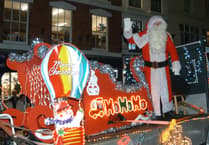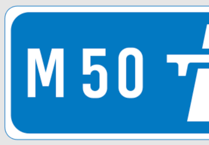THE restoration and conservation work to the historic Market House in Ross-on-Wye is due to be completed in the coming weeks.
The contractors will be handing the Grade II* listed building back to Ross Town Council on October 4, with the scaffolding being dismantled next week.
Works to the building, which was originally constructed between 1650 and 1654 and replaced an older wooden building was made possible by The National Lottery Heritage Fund and additional funders.
Together the grant funding has addressed the primary areas of concern, including much needed repairs to the stone window surrounds to the west, north and east elevations and sill repairs to the south windows, low level stone repairs along the south elevation, repairs to the roof, lead gutters and ridges, plus other minor repairs and decorations.
Ross Town Council, architects and all the contractors have worked closely with Historic England throughout the project, and have inspected the works as it progressed on site to ensure it complied with their policy for the management of this important historic site.
The Market House is built from local red sandstone with tiled roof. The ground floor is open with an arcade of six bays on the sides with two further arches at each end.
The stone medallion of King Charles II, wearing a wig, which was originally commissioned by Ross people during the 1700s, and was replaced in 1959 after it had crumbled away, abd has also undergone some repair work during the building’s renovation.
Additionally the clock tower also exhibited significant deterioration due to weather and required extensive refurbishment and redecoration to restore it to its former glory.
The town council are delighted with the restoration works and appreciate the beautiful craftsmanship carried out by all contractors involved.
A relaunch event will take place on Saturday, November 9 which will include a market and street entertainment during the day and a civic event in the afternoon as part of the John Kyrle 300 commemorations.
Ross-on-Wye Town Council would like to acknowledge the support of the additional funders of the project namely the National Lottery Players which provided a grant of £112,000, The Pilgrim Trust and the Wolfson Foundation.






Comments
This article has no comments yet. Be the first to leave a comment.